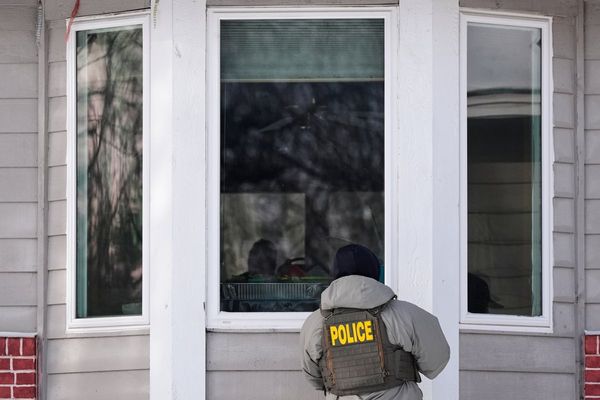Mark Hemmingsen has been working on electric vehicles longer than most. He learned early on he would lose people's attention if you started preaching about the environment to them. You had to start with economics.
Mr Hemmingsen's electric work van costs him about $25 a week to run. On a big week, with some public charging thrown in, it pushes out to $35.
"I've really become used to how cheap and economical these things are to run. And I think that's part of what people don't really get. They look at their electricity bills and they go, 'Well, that's a lot of money'," Mr Hemmingsen said.
"But the reality is someone like myself that does a fair amount [of driving] a week adds probably somewhere between 25 and 40 bucks a week to the electricity bill and saves all of that on petrol instead."
Mr Hemmingsen has been working on electric vehicles in Canberra since 2008 and established the firm Electric Vehicles Canberra - which repairs vehicles, replaces batteries, installs charging infrastructure and manages solar panels - in 2015.

The company is working on projects to replace batteries in second-hand electric vehicles and on projects to use batteries and older solar panels to capture and store more electricity across Canberra.
Rapid improvements in technology have given Mr Hemmingsen hope that the transition in the energy system will be a positive one. But there are still some hurdles to get over.
"I think there's going to be equity issues there that we have to make sure that everyone is brought along - that it's not just large, more wealthy and large organisations being able to generate electricity, that there's opportunities for the average person to take care of themselves to an extent," Mr Hemmingsen said.
"So I think that's going to be one of the biggest challenges and opportunities."
Mr Hemmingsen, who has been an electrician for more than 25 years and taught at the Canberra Institute of Technology for more than a decade, wants to see greater interdependence in the electricity system as Australia transitions away from fossil fuels.
"In my mind, in the perfect world, everyone would have generation on their rooftop. Everyone would have - I don't know if it's feasible for everybody - but maybe everyone would have a bit of storage in their house," he said.
"But add to that the [vehicle-to-grid technology], then suddenly any surplus that your batteries and your own use can't handle, goes into the vehicle and vice versa.

"Of the night time, once the sun goes down, then you can start using first of all your battery and then using the vehicle.
"The interdependence thing: I like the idea of people being independent, but also being connected into the grid to be able to either discharge and help support somebody else or vice versa. If things go wrong, or they've used way too much, then they've got the opportunity to import as well from the grid."
The challenge, Mr Hemmingsen said, is to reimagine the electricity grid to be more like the internet, where everyone has a good share of it and there's opportunities to save and make money.
"It's going to be something that probably the government would have to manage to facilitate that transition to where the grid is very much a bidirectional thing," he said.
Mr Hemmingsen represents an eager industry and public in the ACT, keen to take on the opportunities and solve the issues of the energy transition.
Motorists in the ACT have led the shift towards electric vehicles, while an interest-free loan scheme established by the ACT government has supported more than the equivalent of a new solar farm's worth of electricity generation capacity across the capital's suburban roofs.
All of Canberra's electricity use is offset by renewables, and the capital was the first city outside Europe to transition to 100 per cent renewable energy. Reverse auctions were used to lock in long-term renewable generation contracts, in a move that has kept power bills in the capital lower than in other states.

The claim has come in for criticism from those who point out not all the energy actually used in the ACT is generated with renewable sources, but the Energy Minister Shane Rattenbury defends the claim on the basis the achievement is a "net" target and is consistent with national and international renewable electricity procurement practices.
The ACT government has also signed "innovative" contracts with battery storage operators and is working to switch its bus fleet to electric models.
Mr Hemmingsen said the hardest thing about the energy transition was not the technology. It was the people.
"We are adverse to change," he said. "I started developing the wind turbine course for CIT when they were looking at it. And whilst I've never worked in the wind industry, I've certainly unpacked training packages and all that sort of stuff.
"And one of the big lessons I think I learned from doing the research for that ... was that you need community consultation up front. You need people to feel like they're empowered with the decisions that are going on around them."







